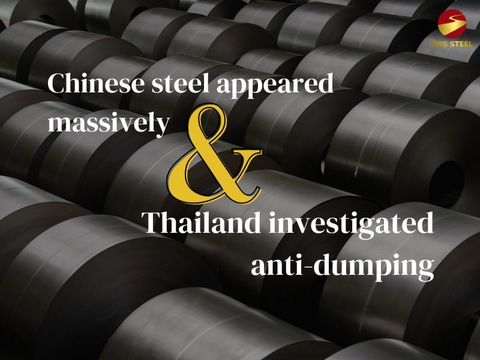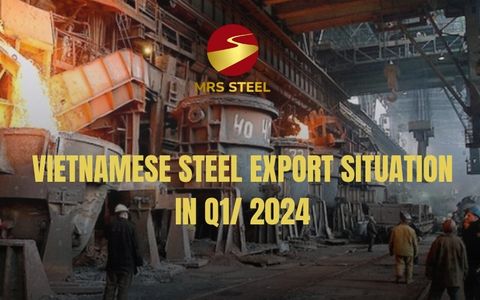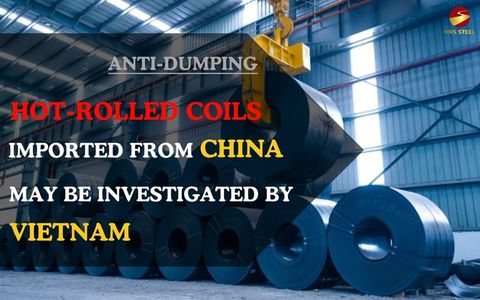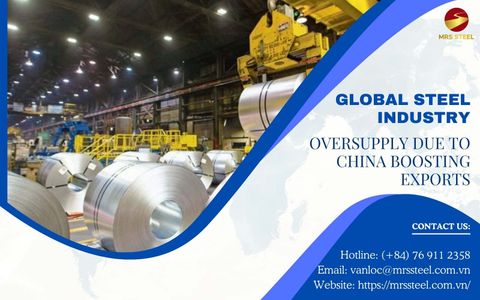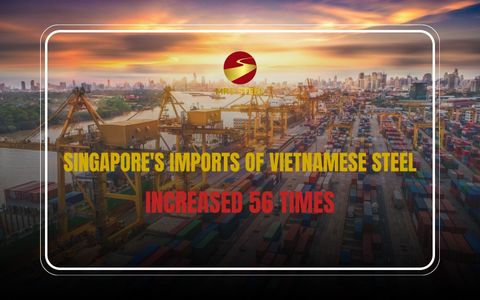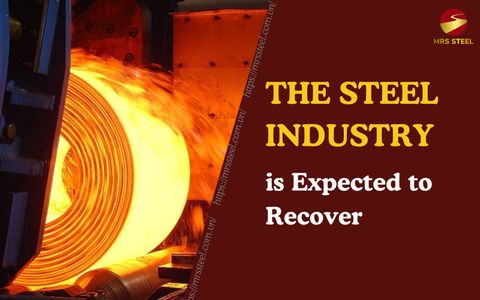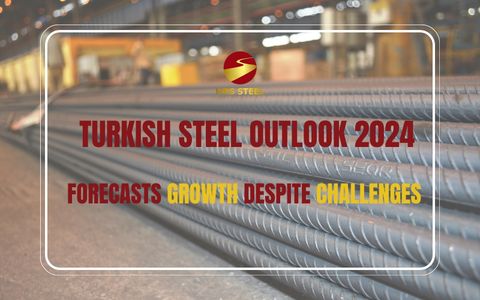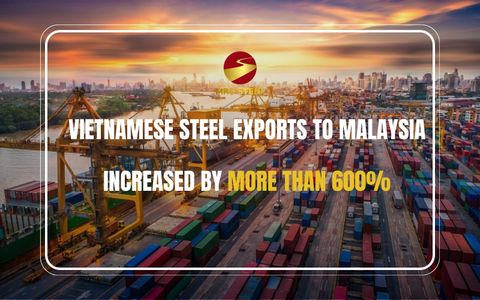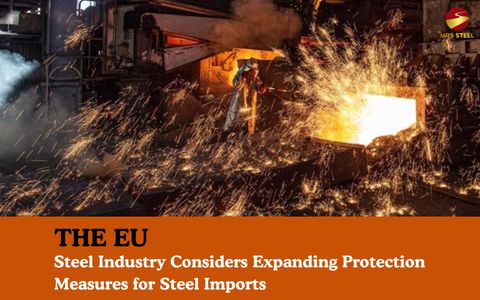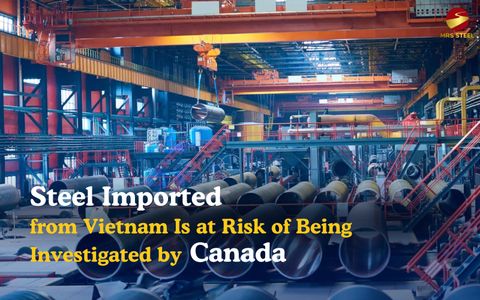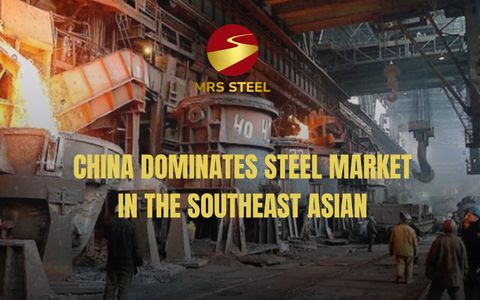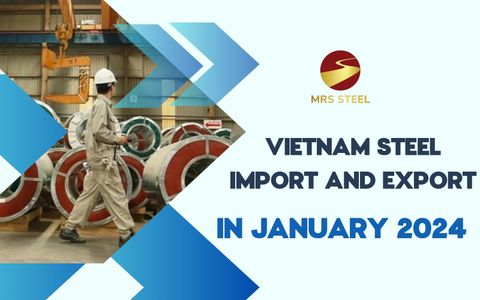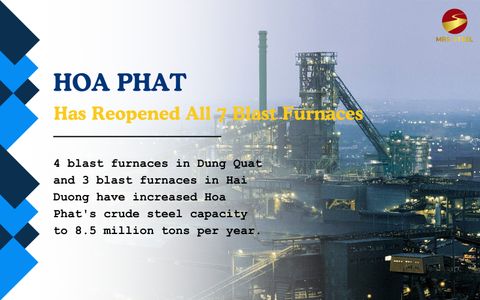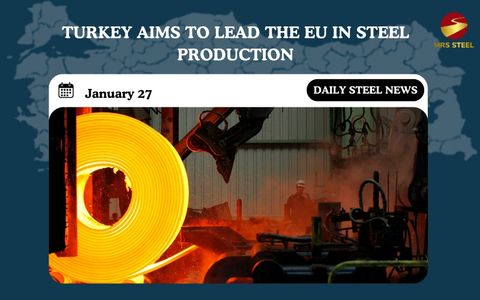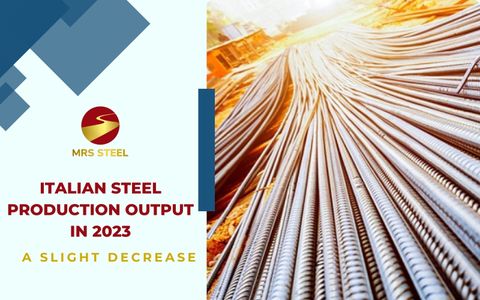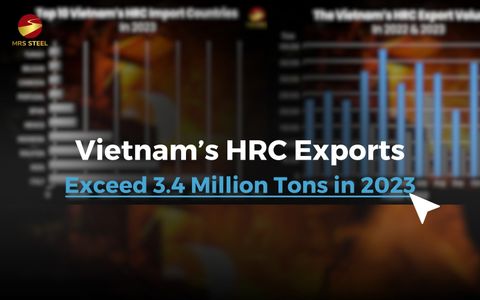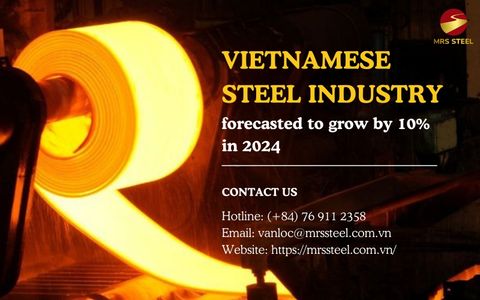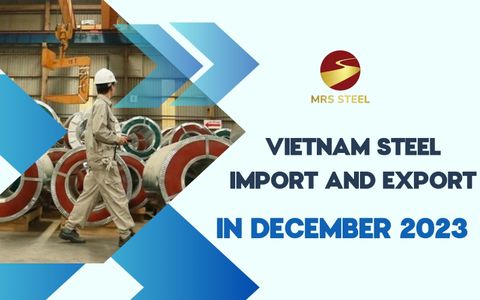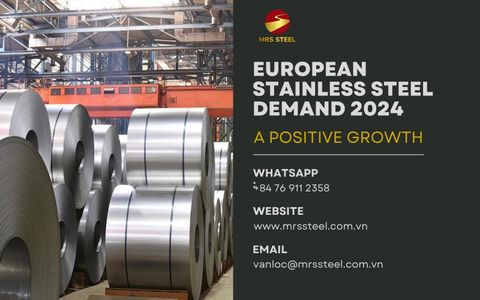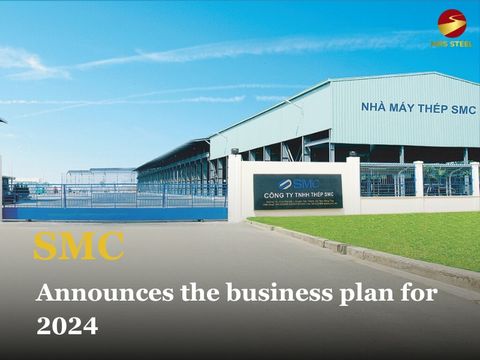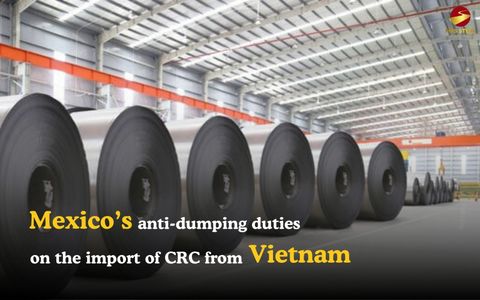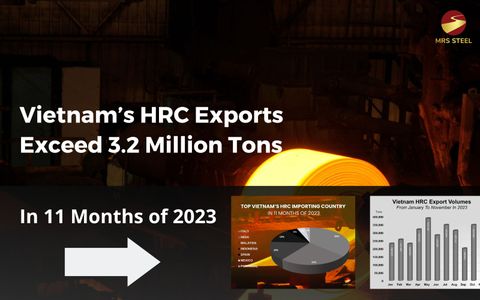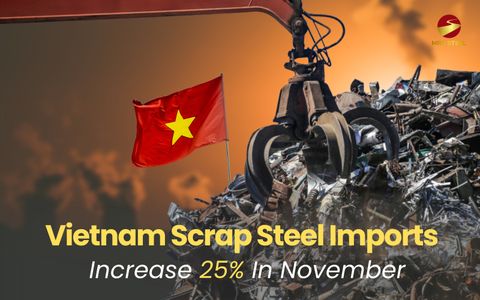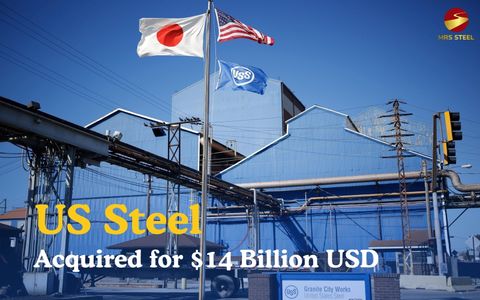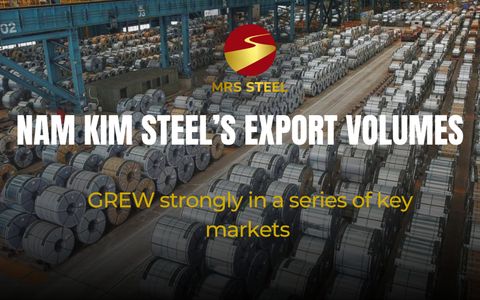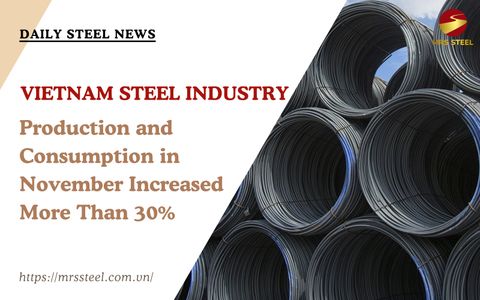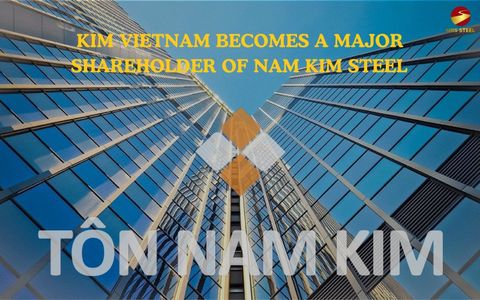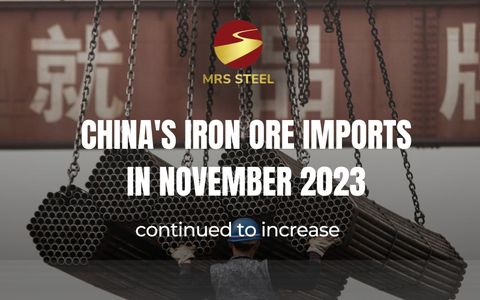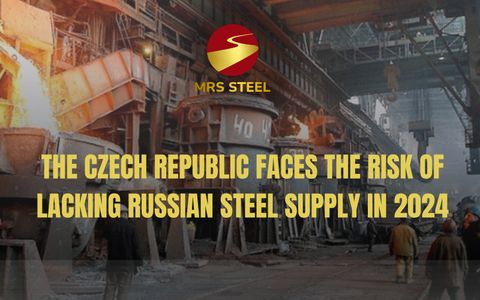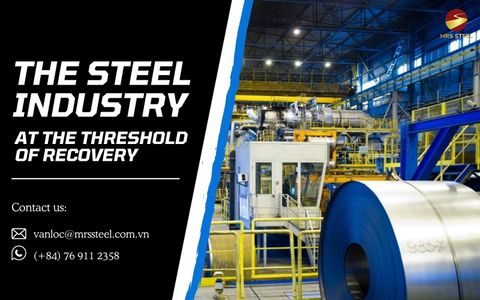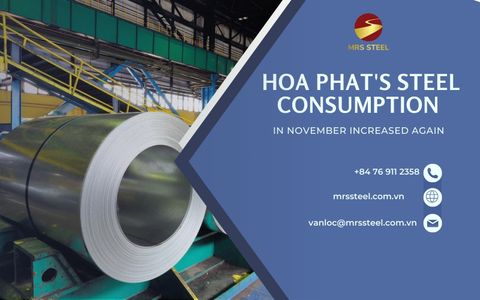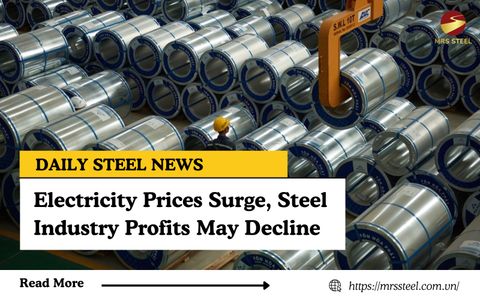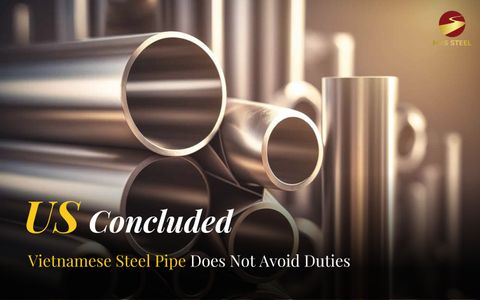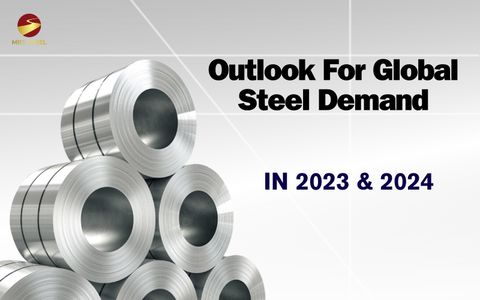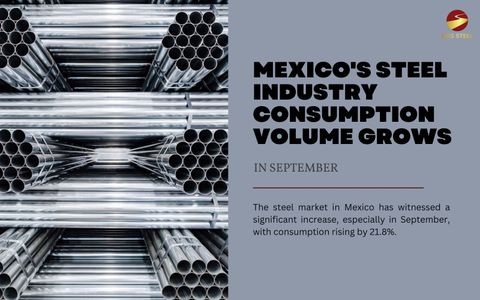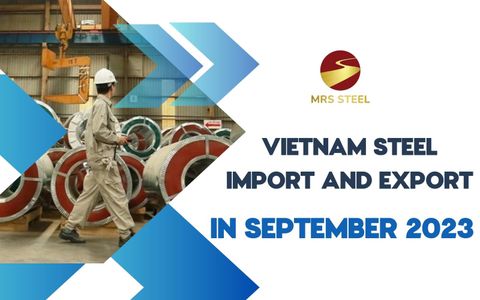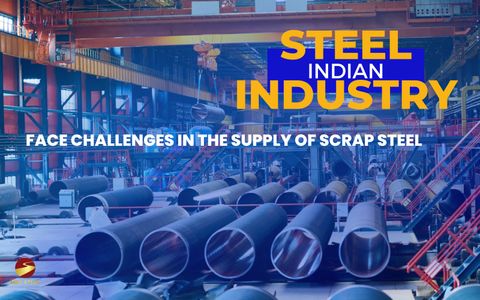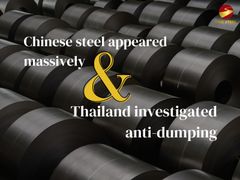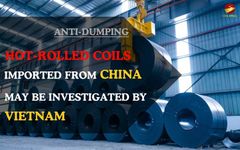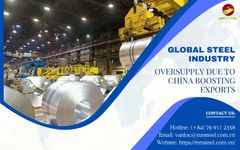Steel from China May Face 25% Tariffs by the US and EU

Steel NewsDate: 17-10-2023 by: Nhu Quynh
The European Union (EU) and the United States are collaborating to establish a common customs area to impose tariffs on steel products imported from China into the EU and the United States. Consequently, steel products imported from China will be subjected to a 25% tariff.
Reasons Behind Imposing Tariffs on Chinese Steel Products
The United States and the EU have imposed safeguard tariffs on certain steel products imported from China, with the aim of directly addressing unfair pricing and countering illegal subsidies. However, these policies may change over time and depend on fluctuations in the trade and political relationships between nations. This is a significant step in strengthening the trade relationship between the two largest economic regions in the world. The initiative was proposed by the European Commission in the context of countries working to protect domestic production and improve international trade rules.

This decision is aimed at creating a common customs area between the EU and the United States, where both parties will cooperate to establish uniform tariffs on steel imported from external economies. Presently, within countries in the EU and the United States, steel products imported from China and other nations have exerted pressure on the domestic steel market and manufacturing industries. These challenges have led the EU and the United States to seek solutions together to ensure that international trade takes place fairly and to protect domestic production. Therefore, in order to help safeguard steel production in the EU and the United States from the challenges posed by unfair competition and the increased import of cheap steel products, the US and EU have imposed a 25% tariff on certain steel products imported from China.
The challenges that will have to be faced
While there are many benefits, creating a common customs area also presents various challenges.
First, there must be agreement between the EU and the United States on how to determine and apply uniform tariffs on steel products imported from China. Both sides may have their own trade regulations and rules, so coordinating and ensuring consistency is a significant challenge.
Secondly, there may be reactions and objections from third-party economies, such as China, affected by the imposition of uniform tariffs. This could lead to larger trade negotiations and disputes.

From China's perspective, being subjected to tariffs on steel products imported from China by the EU and the US will lead to a reduction in export volumes and decreased sales for Chinese steel manufacturers. The decline in sales and profits may impact the supply chain and labor force within China's steel industry, potentially leading to unemployment and hardships for the workforce. Additionally, the imposition of additional tariffs can raise the production costs of steel in China, thereby putting pressure on the profitability of steel producers.
In general, the cooperation between the EU and the United States in establishing a common customs area for steel products imported from China has the potential to benefit both economies, safeguard domestic manufacturing industries, and ensure more equitable international trade. This not only promotes collaborative efforts in various other aspects of EU-US trade relations but also contributes to the overall development of the global steel industry.


